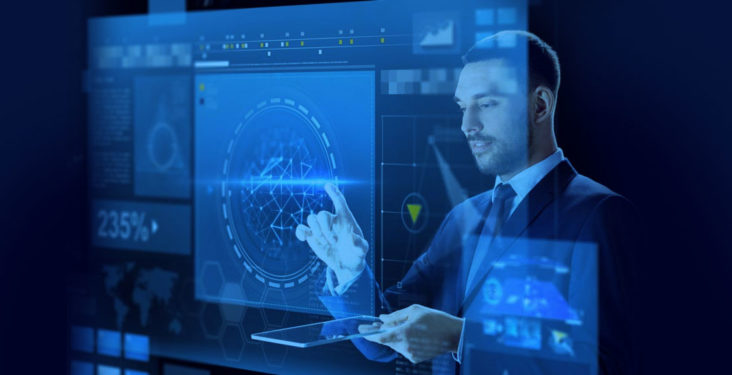Big Data and Machine Learning

We live in a world with a population of 7.53 billion people and this number is increasing day by day. As this happens, the number of people joining social media websites, music streaming websites, movie streaming websites or any other website or mobile application that requires user information also increases. All this information is collected in raw form and contains objects, numbers, ideas and conditions. This collection of raw information is termed as ‘Data’. Now, this large volume of data can be termed as ‘Big Data’.
Big Data began to achieve its momentum in the early 2000s and today it is used by a large number of firms and organizations. Big data comes from certain sources of the internet. Data can be attained from a web of connected devices which can be stored for analysis or discarded depending on the firm’s intentions. Big data can even be attained from social media. This set of collected data can be used for marketing purposes. Big data is used by banking firms, educational institutions, health care organizations, retail firms and the government.
Data can be considered as ‘Big Data’ if the amount of data is in billions and trillions. Moving forward, we might think how this data is processed and made use of. The processing of big data and achieving some sort of output is done using ‘Machine Learning’. Machine Learning is a subset of Artificial Intelligence and it is this area of technology that is trending.
Machine Learning is the art of giving computers the skill to learn and behave similarly to humans and improve their learning strengths independently over a period, without being explicitly programmed. A large amount of data (ex. Big Data) is fed to the computer from which it can learn. Before your computer can actually produce any sort of output, an algorithm is carefully structured based on which the computer will accordingly learn from the data fed to it. Through trial and error, the most algorithm can be structured, and the computer need not be explicitly programmed anymore. The data fed to the computers are known as ‘training sets’ as it helps the computer learn and improve the quality of output.
Machine Learning makes most-likely predictions and identifies patterns. For example, you might be shopping online, and the website asks you to fill out a form that asks about your interests. Instantly, this data is stored. Now, through this data and data gained from further online searches, the computer notices a pattern and gives suggestions on what to buy. Big data and machine learning are useful for E-Commerce.
Machine Learning is even used in the medical field for recommending the best medicines and achieving an almost perfect diagnoses based on previous patient records and the current situation.
Machine Learning is even used for E-Learning where the computer can detect the weaknesses of students and can help come with solutions to resolve those issues.
In conclusion, the computer learns from data (big data) fed to it and comes up with solutions or predictions using machine learning. Big Data and Machine Learning combined have a vast number of applications that can tremendously benefit the world.
#BigData


